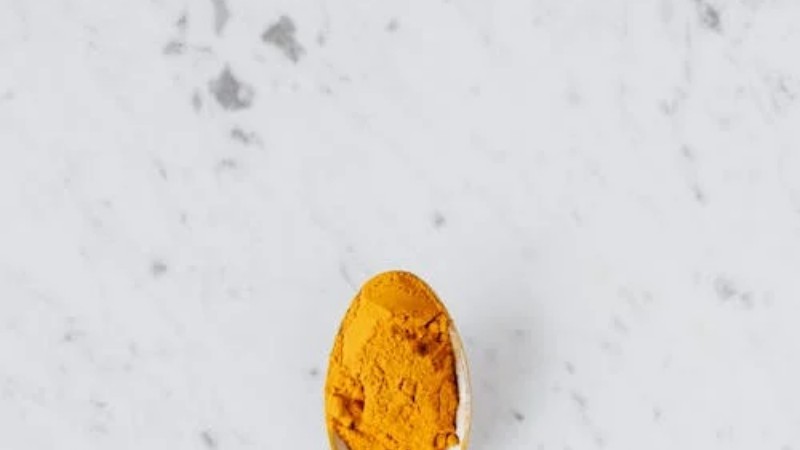Chronic lower back pain can feel like an unwelcome companion as the years go by, turning even the simplest activities into challenges. While aging naturally brings changes to the spine, it doesn’t mean that discomfort should define your later years.
Managing and alleviating chronic back pain requires a comprehensive approach that addresses not just the symptoms but also the underlying causes. By focusing on strengthening the body, improving posture, and making lifestyle adjustments, you can regain control over your well-being and enjoy a more active, pain-free life.
Key Takeaways
Chronic lower back pain can be managed with targeted movement, adjustments to posture, and lifestyle changes.
- Engage in low-impact exercises such as swimming or yoga to strengthen your core and improve spinal alignment.
- Adjust daily habits, including how you sit and sleep, to reduce stress on your spine.
- Eat a balanced diet, stay hydrated, manage your weight, and incorporate stress-relief techniques.
Keep your spine in motion for a pain-free future
Many people instinctively avoid movement when back pain strikes, fearing that physical activity will make it worse. However, prolonged inactivity can actually exacerbate the problem by weakening the muscles that support the spine. The key to long-term relief is targeted movement—gentle exercises that promote flexibility, strengthen the core, and improve spinal alignment.
Engaging in low-impact activities like swimming, walking, or yoga helps maintain mobility without putting excessive strain on the lower back. Additionally, core-strengthening exercises play a crucial role in stabilizing the spine.
A strong core, which includes the muscles of the abdomen, back, and pelvis, reduces the stress placed on the lower back during everyday movements. Pilates, for instance, is particularly effective in reinforcing these muscles while also enhancing posture.
Beyond exercise, stretching is equally important in keeping the lower back limber. Tight hamstrings and hip flexors can pull on the lower spine, leading to increased discomfort. Regular stretching routines that focus on the hips, hamstrings, and lower back itself can provide significant relief. Seeking guidance from a physiotherapist or chiropractor can also help in identifying the most effective exercises tailored to your specific needs.
Small posture tweaks that make a big difference
The way you sit, stand, and move throughout the day has a profound impact on lower back pain. Poor posture places unnecessary stress on the spine, leading to long-term wear and tear. Many people spend hours hunched over screens or sitting in unsupportive chairs, unknowingly contributing to their back pain.
Making small adjustments to daily habits can significantly reduce discomfort. When sitting, ensure that your lower back is supported and that your feet are flat on the ground. Chairs with lumbar support help maintain the spine’s natural curve, preventing strain. If you work at a desk, consider using a standing desk or taking frequent breaks to stretch and reset your posture.
Sleeping posture also plays a critical role in spinal health. A mattress that is too soft or too firm can lead to misalignment and increased pain. Ideally, a medium-firm mattress that supports the natural curves of the spine can help maintain proper positioning during sleep. Sleeping on your side with a pillow between your knees can also help reduce strain on the lower back.
Nourish your spine with better habits
Beyond posture and movement, lifestyle factors such as diet, weight management, and stress levels contribute significantly to chronic lower back pain. Carrying excess weight, especially around the midsection, increases pressure on the lower spine, making pain management more challenging. Adopting a balanced diet rich in anti-inflammatory foods, such as leafy greens, fatty fish, nuts, and berries, can help reduce inflammation and promote spinal health.
Hydration also plays a crucial role in maintaining the health of spinal discs, which act as cushions between the vertebrae. These discs rely on water to stay flexible and absorb shock effectively. Dehydration can lead to disc degeneration, making back pain worse over time. Ensuring adequate daily water intake can support spinal health and overall well-being.
Stress is another overlooked factor in chronic back pain. When under stress, the body tenses up, leading to increased muscle tightness and discomfort. Incorporating stress-relief techniques such as meditation, deep breathing exercises, or gentle stretching can help reduce tension and prevent pain flare-ups.
Expert support can turn the tide on chronic pain
While self-care strategies are essential in managing chronic lower back pain, consulting a healthcare professional can provide further relief. A physical therapist can develop a personalized exercise plan, while a chiropractor may offer spinal adjustments to improve alignment. In some cases, treatments like acupuncture, massage therapy, or even minimally invasive procedures can be beneficial in reducing pain and improving mobility.
For those experiencing persistent or worsening pain, it’s important to rule out underlying conditions such as arthritis, herniated discs, or spinal stenosis. A proper diagnosis ensures that the right treatment plan is put in place to prevent further complications.
Aging does not have to mean resigning yourself to chronic pain. By prioritizing movement, posture, lifestyle choices, and professional care, you can effectively manage lower back pain and maintain an active, fulfilling life. Taking proactive steps now will set the foundation for a healthier, more comfortable aging process, allowing you to enjoy life without being held back by discomfort.













